Content by Stephen Robertson
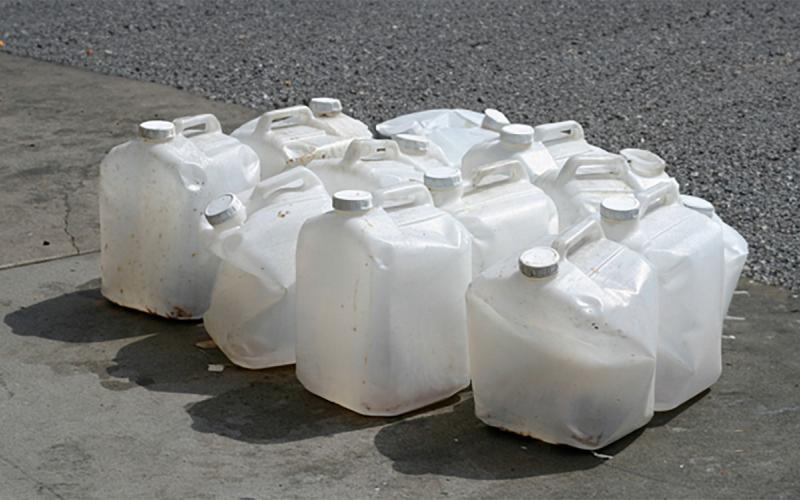
Fumigation Endorsement Private Applicator Training
SDSU Extension will host a free private applicator training on March 18, 2026, from 1:30 - 4:30 p.m. CT (12:30 - 3:30 p.m. MT).
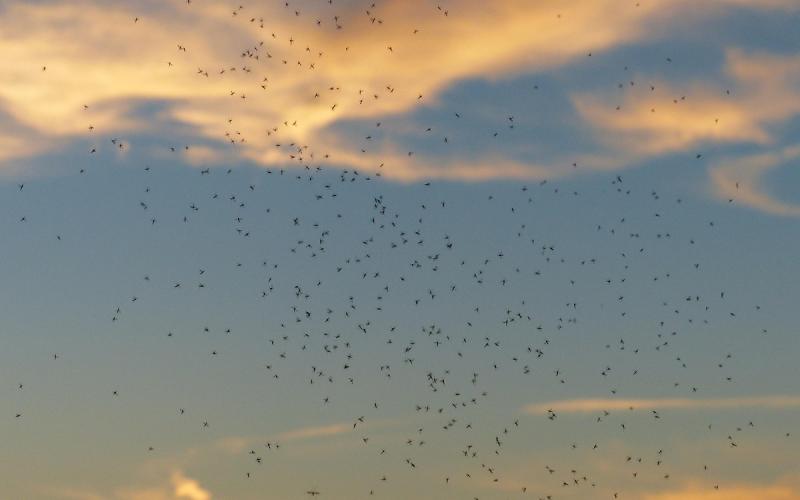
West Nile Virus Update: October 16, 2025
As of October 16, 2025, the South Dakota Department of Health reported 86 human cases of West Nile virus from Aurora, Beadle, Bon Homme, Brookings, Brown, Charles Mix, Clay, Codington, Corson, Douglas, Grant, Gregory, Haakon, Hamlin, Hand, Hughes, Hutchison, Hyde, Lawrence, Lincoln, Marshall, Meade, Miner, Minnehaha, Pennington, Roberts, Sanborn, Spink, Stanley, Todd, Union, Walworth, and Yankton counties.
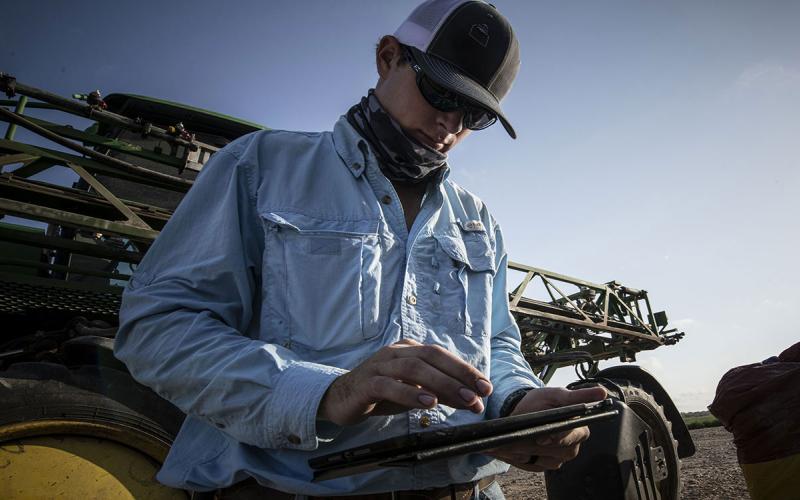
2026 Commercial Applicator Training Online Course
SDSU Extension partners with DANR to offer pesticide certification program required for commercial applicators. The 2026 online course will be offered through Traininghouse and will be open from December 3, 2025, through February 28, 2026.
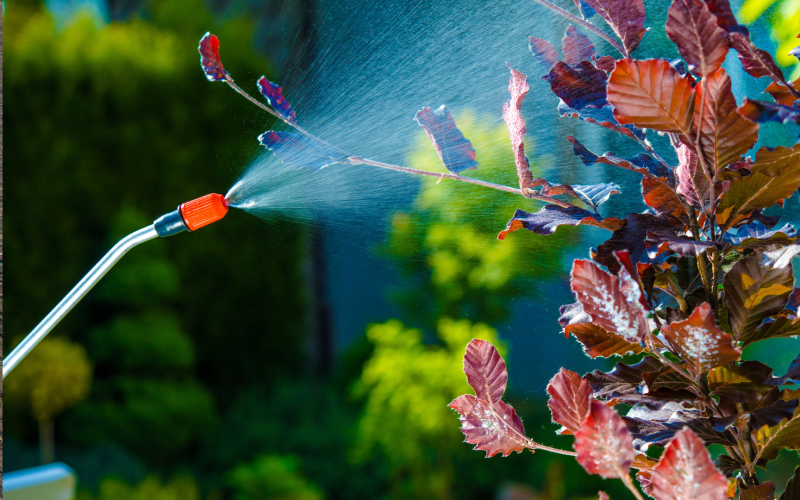
Commercial Ornamental/Turf Applicator Training @ Sioux Falls
SDSU Extension will host ornamental and turf commercial applicator training in Sioux Falls at the Best Western Plus Ramkota (3200 W Maple St, Sioux Falls, SD 57107) on February 12, 2026. CST.
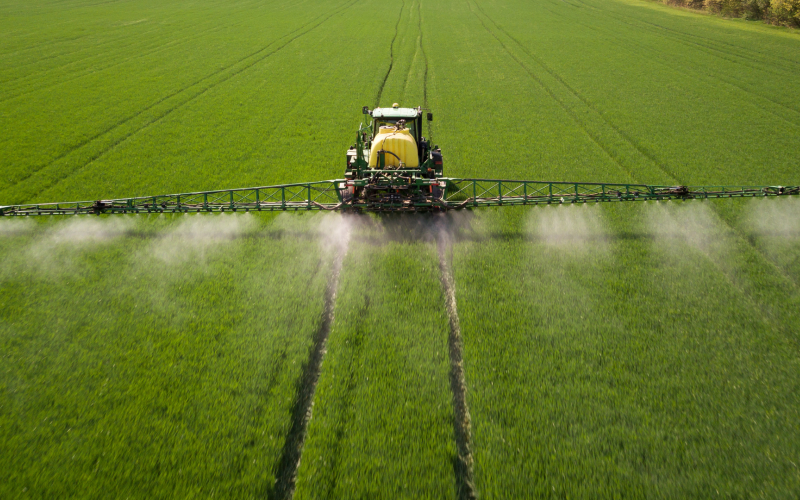
Commercial Applicator Training @ Ft. Pierre
SDSU Extension will host commercial applicator training in Ft. Pierre at the AmericInn by Wyndham (312 Island Dr, Ft. Pierre SD 57532) on February 26, 2026, from 8:30 a.m. - 4:00 p.m. CST.
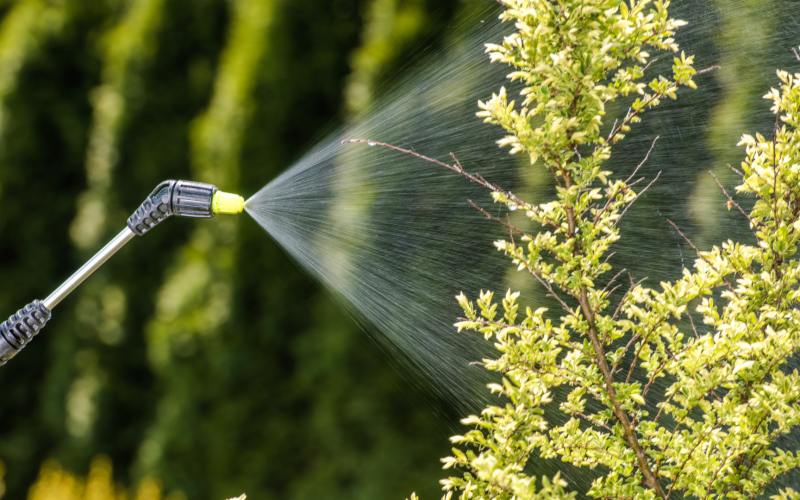
Commercial Ornamental/Turf Applicator Training @ Rapid City
SDSU Extension will host ornamental and turf commercial applicator training in Rapid City at the Ramkota (2111 N LaCrosse St, Rapid City, SD 57701) on February 25, 2026, from 9:30 a.m. – 4:30 p.m. MT.

Commercial Aerial Applicator Training @ Tri-State Aerial Applicators Convention
SDSU Extension, NDSU Extension, and UMN Extension will host a joint aerial commercial applicator training on February 19, 2026, from 11:45 a.m. - 2:15 p.m. CST in conjunction with the Tri-State Aerial Applicators Convention, which will be held at The Delta Hotel in the Symphony Hall (1635 42nd St SW, Fargo, ND 58103).
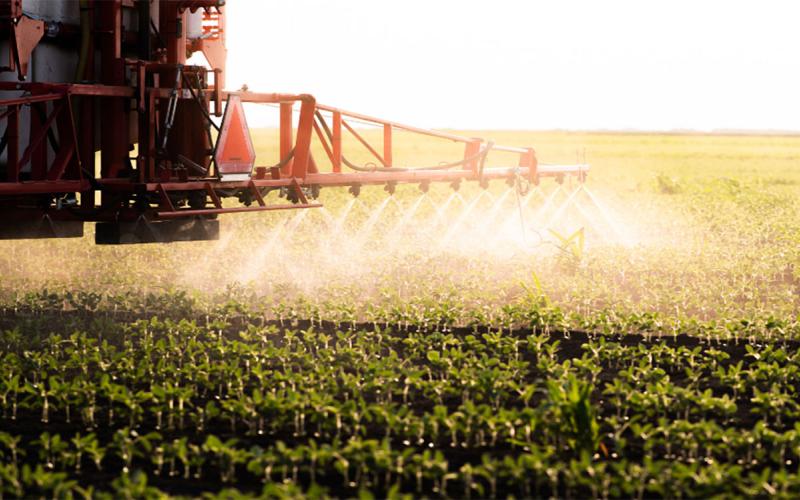
Commercial Applicator Training @ Brookings
SDSU Extension will host commercial applicator training in Brookings at McCrory Gardens (631 22nd Ave, Brookings, SD 57006) on February 5, 2026, from 8:30 a.m. - 4:00 p.m. CST.
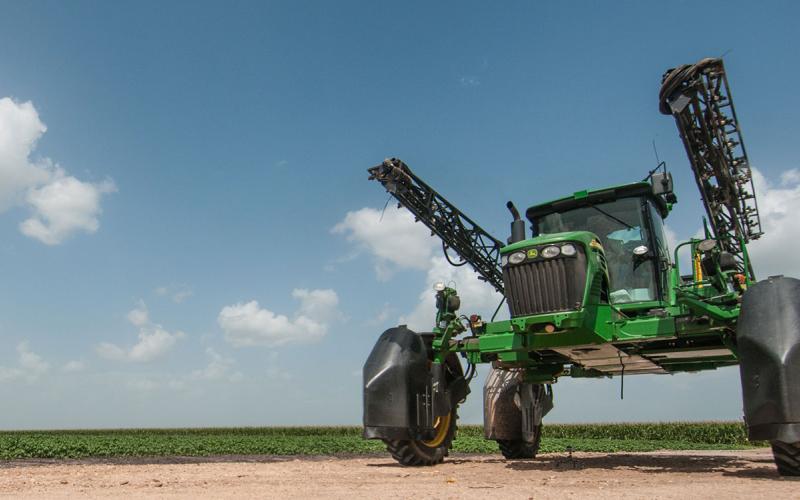
Commercial Applicator Training @ Aberdeen
SDSU Extension will host commercial applicator training in Aberdeen at the Dakota Event Center (720 Lamont St S, Aberdeen, SD 57401) on February 3, 2026, from 8:30 a.m. - 4:00 p.m. CST.
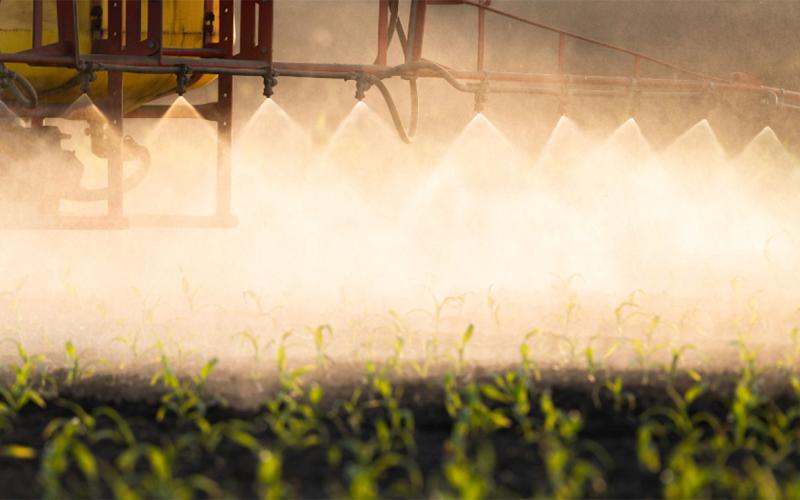
Commercial Applicator Training @ Mitchell
SDSU Extension will host commercial applicator training in Mitchell at the Highland Conference Center (2000 Highland Way, Mitchell, SD 57301) on January 29, 2026, from 8:30 a.m. - 4:00 p.m. CST.